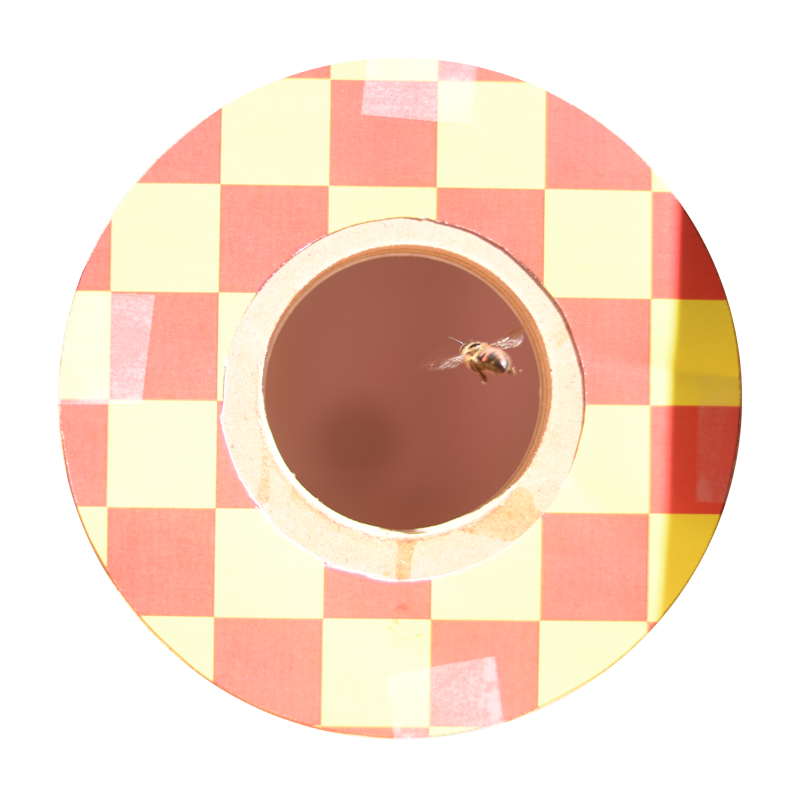Insect flight
This exploratory research aims to study the flight control of honey bees in different spatial navigation tasks such as ground following or landing. These tasks potentially call on several optical invariants involved in altitude control or decision-making by the bee, which will ultimately contribute to unifying, or not depending on the intrinsic particularities of the agents, the optimotor theory of John Stodart Kennedy, developed in insects during the 1940s, with the ecological approach to visual perception from James Jerome Gibson, developed in humans during the 1950s.
These different optical invariants are available in the optical_flow, they can theoretically be detected and used for movement regulation purposes, provided that the agent (e.g., human, animal, robot) has sensors capable of detecting them. The objective of this research will be precisely to test the hypothesis that the same optical flow invariant can be used by different agents in order to perform a spatial navigation task.

Publications
- Berger Dauxère, A., Montagne, G., & Serres, J. R. (2023). Honeybees Use Multiple Invariants to Control Their Altitude. Insects, 14(4), 313.
DOI: 10.3390/insects14040313
HAL: hal-04046581 - Serres, J. R., Morice, A. H., Blary, C., Miot, R., Montagne, G., & Ruffier, F. (2022). Floor and ceiling mirror configurations to study altitude control in honeybees. Biology Letters, 18(3), 20210534.
DOI: 10.1098/rsbl.2021.0534
HAL: hal-03614115
- Berger Dauxère, A., Montagne, G., & Serres, J. R. (2022). An experimental setup for decoupling optical invariants in honeybees’ altitude control. Journal of Insect Physiology, 143, 104451. DOI: 10.1016/j.jinsphys.2022.104451 HAL: hal-03838826
- Berger Dauxère, A., Serres, J. R., & Montagne, G. (2021). Ecological entomology: how is Gibson’s framework useful?. Insects, 12(12), 1075. DOI: 10.3390/insects12121075
- Serres, J. R., & Ruffier, F. (2017). Optic flow-based collision-free strategies: From insects to robots. Arthropod structure & development, 46(5), 703-717. DOI: 10.1016/j.asd.2017.06.003